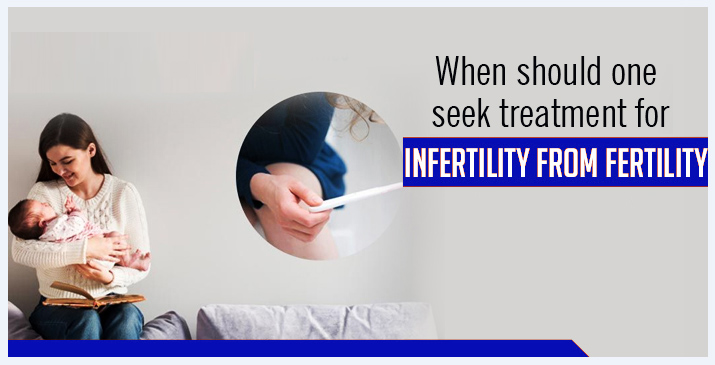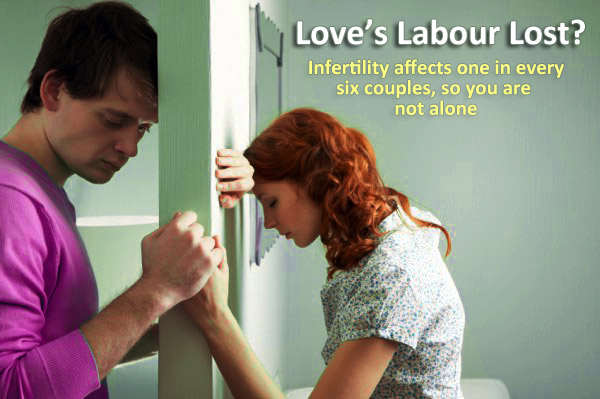SEX BYTES! From penile enlargement operations to the risks of oral sex, Times Life presents recent happenings from the world of sexuality
SIZING IT UP:
Surgeons are perfecting a way to build up the size of very small penises, enabling proper urination, and a full sex life. It is estimated that about one in 200 men is born with what is known as a micro-penis. Whereas the average size of the human penis is around 12.5cm (5 inches), a micro-penis spans less than 7 cm. A micro-penis can develop from inadequate levels of the male sex hormone testosterone during the second and third trimesters of pregnancy, or from an inability to respond to testosterone in the normal way. In the past doctors have recommended gender reassignment, so the child was brought up as a girl, but this is a practice, which has ceased, in recent years. The University College London surgeons are refining a technique called phalloplasty, or penile enlargement.
This involves cutting a flap of skin from the patient’s forearm and shaping it into a penis four or five inches long. To maintain erogenous sensation, the original penis is incorporated into the surface of the transplanted skin. Patients receive a urethra to enable them to urinate, and an inflatable penile prosthesis to allow an erection to engage in sexual intercourse. UCL surgeons performed the operation on nine men, aged 19 to 43, with a range of medical backgrounds, including three hermaphrodites and two men who had problems with androgen (the group of hormones which includes testosterone), one of whom became deficient in androgen after chemotherapy. Following surgery, all patients were found to be satisfied with the cosmetic appearance of their penis, with four patients able to urinate standing up and four able to have regular sexual intercourse. However, in several cases, multiple complications arose, such as an infection or a shift in the prosthesis position, with subsequent revision operations needed.
DON’T BLAME THE HORMONES:
A study shows that deficiencies in male or female sex hormones do not account for a loss of sexual drive in women. Hormones – especially the male hormone testosterone – are known to play an important role in sexuality. Researchers in Swansea and London have been looking at whether they could find reduced levels of various hormones in premenopausal women who reported a loss of libido. Levels of testosterone, dihydrotestosterone, estrogen and dehydroepiandrosterone (DHEA – a hormone whose lack has been linked to aging) were measured in a group of 29 women with reduced libido and in 12 healthy controls. Interviews with a psychosexual counsellor revealed that the first group did, indeed, score much lower on standard ratings of sexual desire. But there were no significant differences in hormonal levels between the two groups. However, counselling showed a link between lack of libido and low income, depression, minor illness and sexual problems in the partner (all the women were in a stable heterosexual relationship). The study suggests that where a woman suffers from lack of desire, the psychological approach may be more useful than looking to hormone treatment.
SEX AND HERPES:
Vaginal intercourse and receiving oral sex can raise a woman’s risk of infection from herpes simplex virus type 1 (HSV-1). That’s the type of herpes that’s most commonly known to cause infections of the mouth and lips, often called fever blisters or cold sores. HSV-1 and another herpes virus – herpes simplex virus type 2 (HSV-2) – make up genital herpes. HSV-1 has been traditionally thought to spread above the waist, while HSV-2 has a reputation for transmission through sexual behaviour, say University of Pittsburgh researchers.
But now, they’ve shown that women can also catch HSV-1 through vaginal or oral sex. Their new study shows that women who received oral sex were nearly nine times as likely to become infected with HSV-1 as those who were sexually abstinent. That was true, even if the sexually active women only had oral sex without vaginal intercourse.
Women who had vaginal intercourse were more than six times likely as sexually abstinent women to get HSV-1, says the study. The results were found by monitoring herpes infection in 1,200 young women in the Pittsburgh area.




